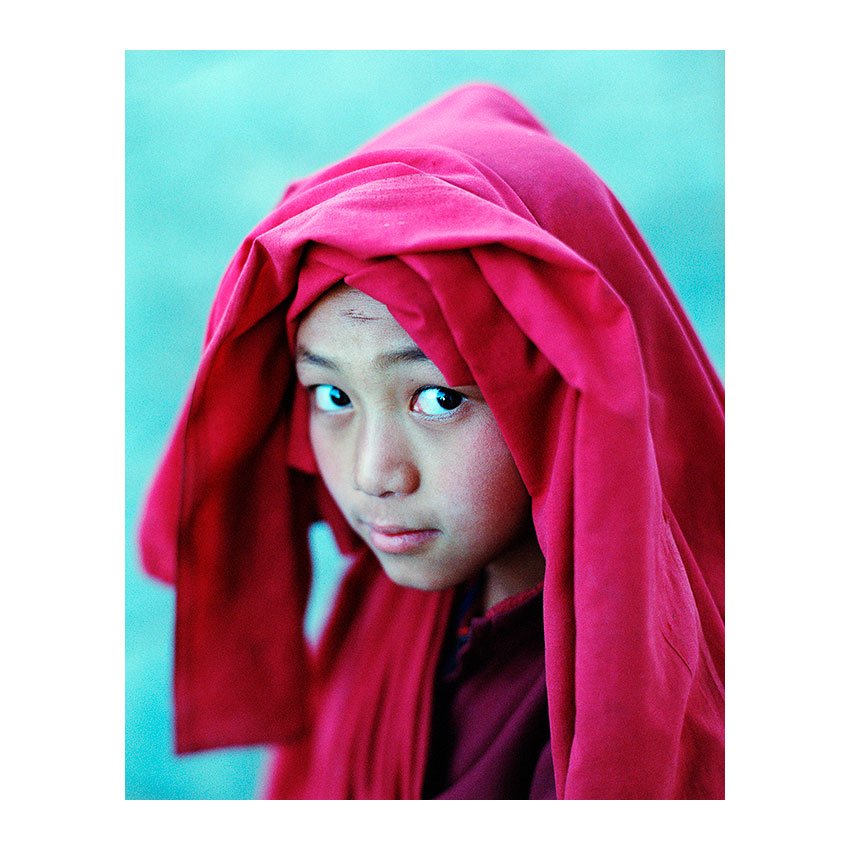We’re always changing. Developing or regressing, fluctuating even. But all of these changes accumulate to ultimately say ‘you are different now’.
Perhaps the start of my ‘colour reduction’ phase in my own photography.
When I look back at my earlier work, I see that it had a lot more colour in it. I’ve been discussing my ‘progress’ with a friend of mine today and I was explaining that for me, composition comes in three layers that are all inter-related.
Structure
Luminance (tone)
Colour
When we all start out, we all work and focus on structure. The placement of objects in the frame. Indeed, I think that most of us think that composition is ultimately about where we place subjects in the frame.
2018-2017
2017-2015
2015-2011
For me, it took about maybe six years or so, before I started to realise that the luminance, or tonal properties of my subjects also affected the composition. Indeed, I think that tone and structure are interrelated. You can’t just place objects in the frame by thinking about structure only. I’m sure you will find that the reason why some arrangements of subjects in the frame work better than others is due to their luminance / tonal qualities. So these two layers of composition are connected.
The last stage, is colour. Yep, that’s right - although colour is where most of us start, and we are often delighted with our red-sky photos, a picture washed in garish colour soon becomes tiring for those that are developing a sensibility towards colour as a contributing factor to compositional success.
I think that all good colour photographs still work, when you strip the colour out. Open any colour photo and turn it to black and white. Does it still work? Are the tones there able to support the image without the colour? Good photographs will still work without their colour component.
For me, I feel I’ve been on a quest the past four or so years to quieten the colour in my images. I worked on structure in my compositions for a long time, then I was thinking about luminance and how it related to structure. These days, I think I’ve been reducing down the colour and in sense, have been playing with ‘how far can I reduce it?’.
One needs to find the boundaries, to understand the terrain that they are working in, so they can then let loose where they need to go.
Colour is a vital part of composition. Too much of it, or too many colours can cause the viewer’s attention to be thrown in many directions at the same time. But to a beginner, lots of colour seems exciting, attractive. It just becomes a little tiring after many years when you realise that by reducing colour or de-saturating certain objects in the frame allow others to shine.
Want to get better at colour composition? Take an art-class. Photography and composition are no different in a camera than they are on a canvas or piece of paper. It’s not a problem if you can’t draw, forget whether you need to learn to do that. An art class will give you the understanding of how composition works, structurally, tonally and with colour.











